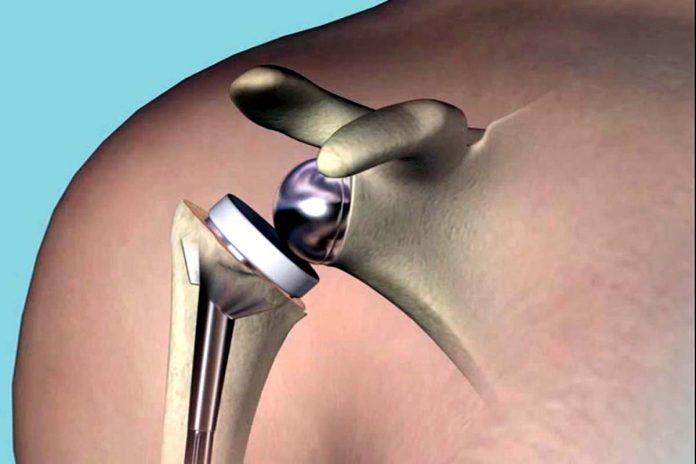Dr Sumit Mahajan
With the advancement in the medical science and innovations in instrumentations and implants, it is now possible for the patients with irreparable rotator cuffs to have a full range of motion.
Rotator cuff is the ligament which helps in the overhead movement of shoulder joint. Most of the rotator cuff tears are managed successfully by shoulder key hole (arthroscopic) surgery. But patients with irreparable or massive cuff tears are managed with reverse shoulder replacement.
Normal shoulder joint is a ball and socket type of joint, where ball is on the arm bone (humerus) and socket is in the shoulder blade (scapula). In reverse shoulder, we reverse the normal anatomy of the shoulder so that normal active muscles surrounding the joint will help in its complete range of motion.
Though in the western world, it is quite a common procedure. But in India, due lack of awareness, training and expense, this procedure is still in infancy. In India, approximately three percent of the people have shoulder problem, out of which only one percent requires shoulder replacements. But that one percent is a huge number.
As in other surgeries, reverse shoulder replacement also has complications that include bleeding, nerve damage, infection, dislocation of components, loosening and wear. But complication rate is less than one percent.
Our experience: In 2017 we have started reverse shoulder replacement in a hospital in Amritsar. Since then we have done eight reverse shoulders. The short term results of these patients are very encouraging and persuade us to promote it more for greater benefit of the patients suffering for irreparable losses to the shoulder joint.
(The author is Sr Consultant, Orthopaedics and Joint replacement )


